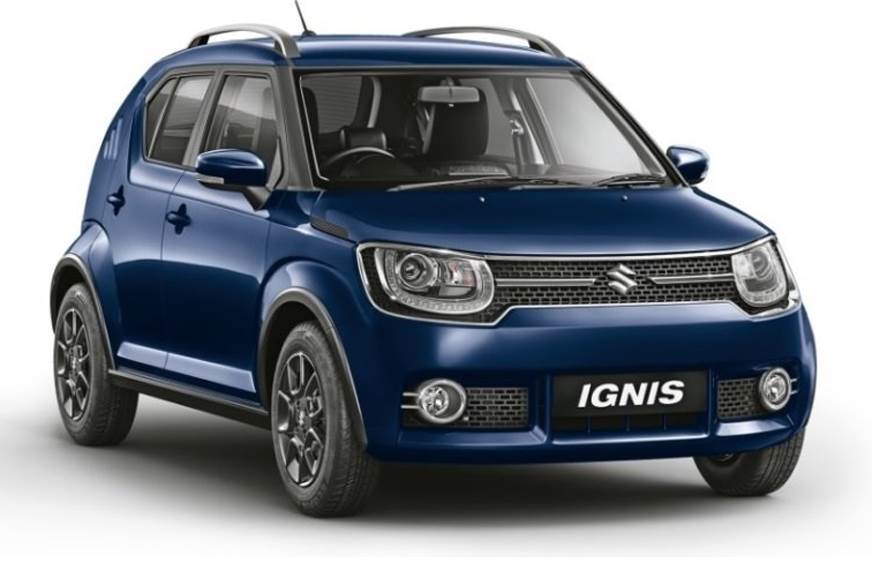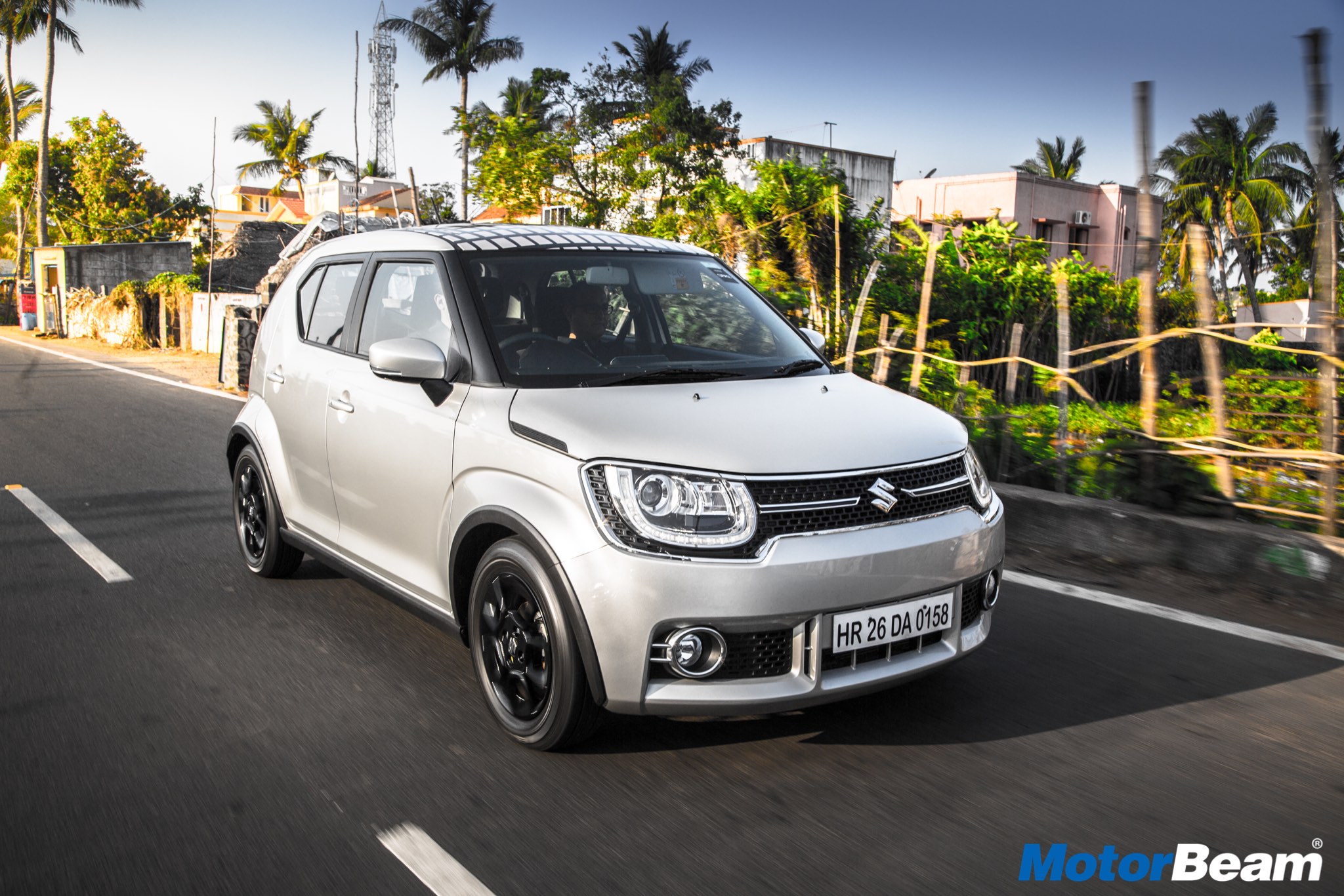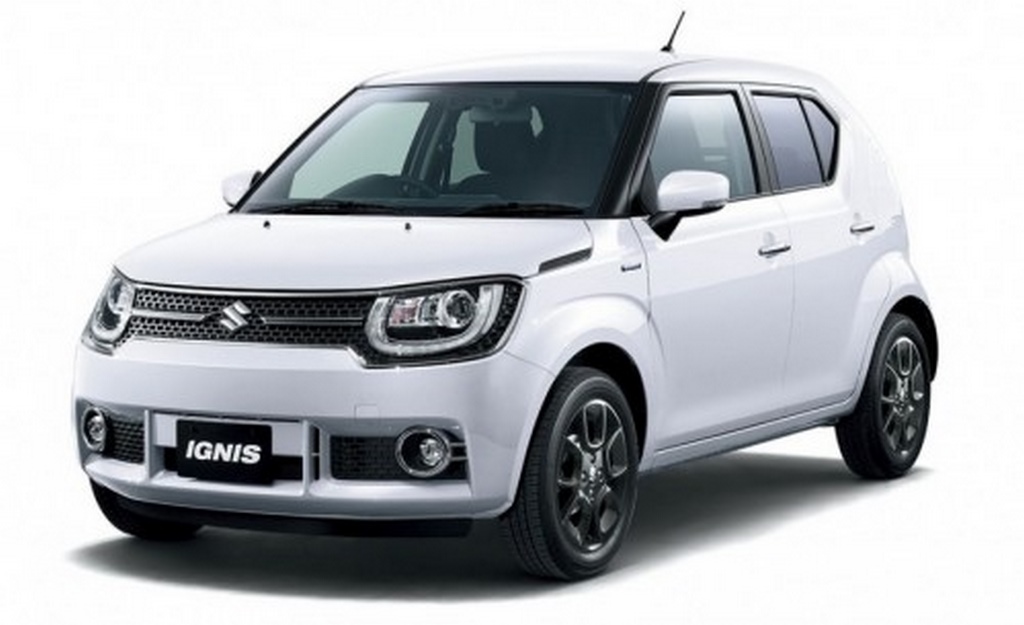The attention to detail is quite surprising for a car this size
Just like the unusual exteriors of the Ignis, the dashboard design too is unique for a Maruti. The 3-spoke steering of Ignis is exclusive, you won’t find the same steering in any other Maruti. The instrument cluster is quite big and easy to use and comes with separate buttons for MID controls. The switches in the centre console of the air conditioning are aircraft inspired. Even the dashboard has a flat and minimalistic design which looks quite European with a floating infotainment touch screen unit. The UI of the infotainment system though is the same as all Marutis but easy to use. However, it’s weird to see that my colleagues’ iPhones (6 & 7 Plus) can stream music from Bluetooth but I’m not able to stream with my iPhone X. I cross-checked in the new Swift but it doesn’t happen.
The boot space of the Ignis isn’t very practical
The Ignis scores high in the ergonomics department and is loaded with features
Since the Ignis is a tallboy hatch, it feels airy and has good headroom even for tall passengers but there is limited legroom at the rear and three passengers at the back is a tight fit. The cabin space is similar to the Swift. Due to the compact dimensions, even the boot space is quite limited and you won’t be able to fit in large suitcases, in this case only one or a few bags.
The Ignis now comes only with a petrol engine option
Our test car came with the popular 1.3-litre diesel engine. There is considerable lag but once you get the turbo spooling (above 2000 RPM), the car just pulls relentlessly and it is quite fun pushing the Ignis hard in a straight line. In traffic, the lag makes it feel a bit annoying and you constantly keep upshifting and downshifting but the clutch is light and gearbox is very smooth which doesn’t make the drive cumbersome. We’ve managed to get 18.5 km/l average fuel consumption with 20 km/l being the highest with sedate driving and 17 km/l being the lowest with hard acceleration. However, Maruti has now discontinued the diesel engine option in the Ignis and now it only comes with the 1.2-litre petrol engine options with 5-speed manual and AMT.




